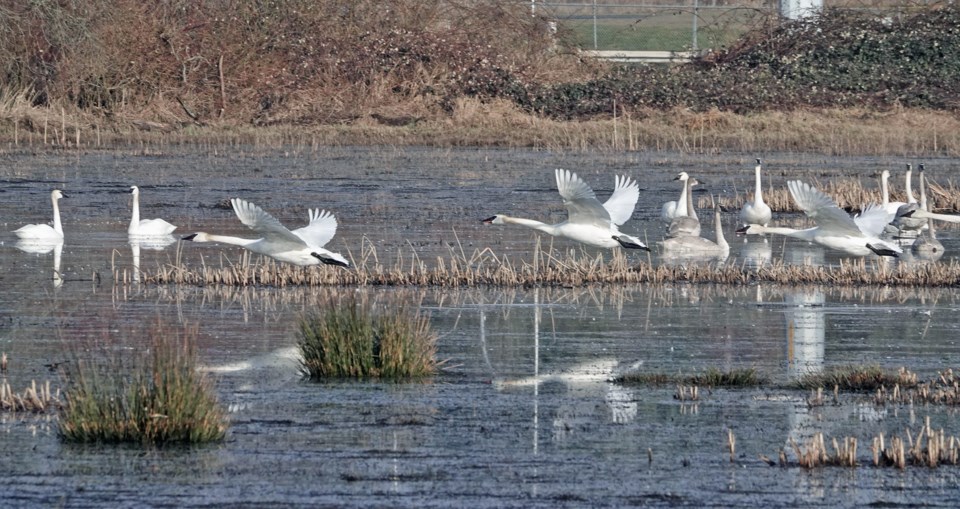The key objective of the Agriculture Land Reserve is to preserve agricultural land.
According to the Agricultural Land Commission Act, this is to be achieved “in collaboration with other communities of interest.” It is assumed that environmental stewardship is among these interests.
But we must ask whether the laudable objective of preserving farmland is being achieved at the expense of the destruction of wetlands within the ALR.
Wetlands within the ALR are allowed to be drained. The act explicitly allows “clearing, levelling, draining, berming, irrigation and works required for farming.” No permission from government is required for drainage unless a stream alteration is necessary. These activities are permitted whether the wetland is seasonally flooded or permanently wet, and whether the wetland is in public or private ownership.
This has created an environmental problem.
A Wetland Action Plan for B.C., prepared by the Wetland Stewardship Partnership in 2010, is a Government of B.C. plan. The plan identifies the ALC Act as a major impediment to wetland maintenance in B.C., concluding that “there is no consideration of environmental impacts such as loss of wetlands.”
Unfortunately, the government of B.C. appears to have ignored these recommendations.
Over the past two decades, there has been a large loss of wetlands in the ALR generally in B.C., specifically on eastern Vancouver Island, the Lower Mainland and Okanagan.
Losses in B.C. include 70 per cent of the original wetlands in the Fraser River delta, 70 per cent of wetlands in the Victoria region and 85 per cent of natural wetlands in the south Okanagan.
The Wetland Action Plan describes the significance of wetlands:
“They provide a unique refuge for a wealth of plants and animals, complex eco-systems that help sustain life not just in the wetlands themselves, but in their surrounding habitats as well. British Columbia’s wetlands are home to some of the richest biodiversity on the planet.”
I wrote to Minister of Agriculture Lana Popham on behalf of Rocky Point Bird Observatory in January this year, about the environmental damage to wetlands being caused by the ALC Act.
Her reply stated: “The provincial government is not currently considering amending the ALR or establishing other legislation for the purpose of identifying and protecting wetlands located on privately owned lands.”
Adam Olsen, MLA for Saanich North and the Islands, asked the following question to Popham in question period on March 25:
“We agree with the critical importance of protecting and defending food-producing land, but we must ensure that agricultural activities are not jeopardizing other important ecological habitats. Has the minister considered implementing regulations to support the preservation of other ecological values on ALR land? … Maintaining wetland habitats should be recognized as an allowed non-farm use and draining wetlands should require explicit permission from the ALC.”
Popham replied that: “It’s an excellent point. I think there’s been more and more discussion about the value of ecological goods and services with agricultural land in natural areas. The Agricultural Land Commission does recognize the importance of wetlands.”
But the Ministry of Agriculture has not proposed changes to the ALC Act that recognize ecological values.
If another decade passes without changes to the Act, there could be no wetlands remaining in southern B.C.
Proposed amendments to the ALC act should be as follows:
1. Seasonally flooded wetlands (most wetlands within the ALR are of this type) need to be identified and designated as areas in which farming must be compatible with maintenance of wildlife habitat. Wetland habitat should be recognised as an allowed non-farm use. In these wetlands. Any draining, berming, and leveling should require explicit permission from the ALC.
2. Year-round wetlands within the ALR (a small proportion of wetlands) need to be identified. In these wetlands, drainage, filling, leveling and berming should not be permitted.
These changes are needed now.
Michael Simmons is a retired environmental consultant and formerly co-president of Rocky Point Bird Observatory.



